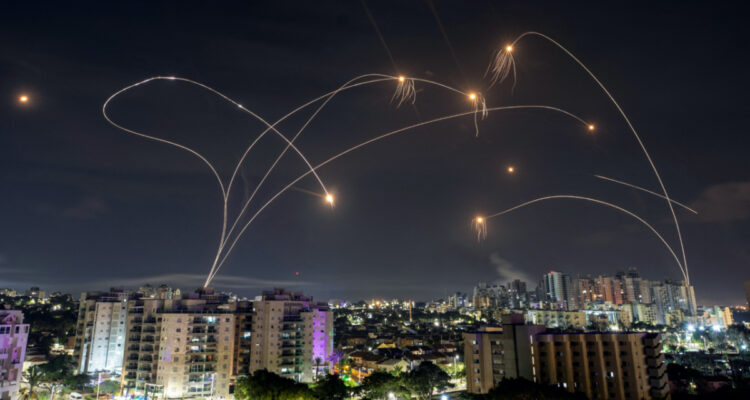Israel has sophisticated defence networks that include one of the world’s strongest militaries and a renowned intelligence service. How did Hamas breach them?
Unannounced and unanticipated, the first wave of gunmen slipped into Israel at dawn, preceded by the first of thousands of unguided “Qassam” rockets zipping overhead. Once on Israeli soil, they infiltrated nearby towns, security installations and a remote outdoor music festival, killing civilians and security forces indiscriminately and snatching some 150 hostages. Shocking footage emerged of festival-goers crouching in terror under bushes, rows of abandoned and burnt-out cars and of a young woman begging for her life, jammed between two militants on a speeding motorcycle.
As Israeli forces flooded the area to root out the remaining insurgents, the October 7 attack – orchestrated by the Islamist organisation known as Hamas – was being characterised as the greatest challenge to Israel’s security since the Yom Kippur War which, not coincidentally, began almost 50 years ago.
“They got us,” said Major Nir Dinar, spokesperson for the Israeli Defence Forces, as Reuters reported. Israel, a nation confident in its military capabilities, with a famed intelligence network, contemporary weaponry and compulsory national service, had been outplayed, at least temporarily.
Israel’s sophisticated Iron Dome anti-ballistic missile system performed as expected, but still allowed some of the low-tech projectiles through; its much-vaunted “iron wall” security barrier, cordoning off Gaza, proved surprisingly vulnerable to low-tech force and guile; and, while its highly trained army engaged with the insurgents, more than 1000 people, both civilians and soldiers, are believed to have been killed in Israel in the raids.
Read the explainer by Angus Holland, Matt Wade and Jackson Graham in The Sydney Morning Herald.

